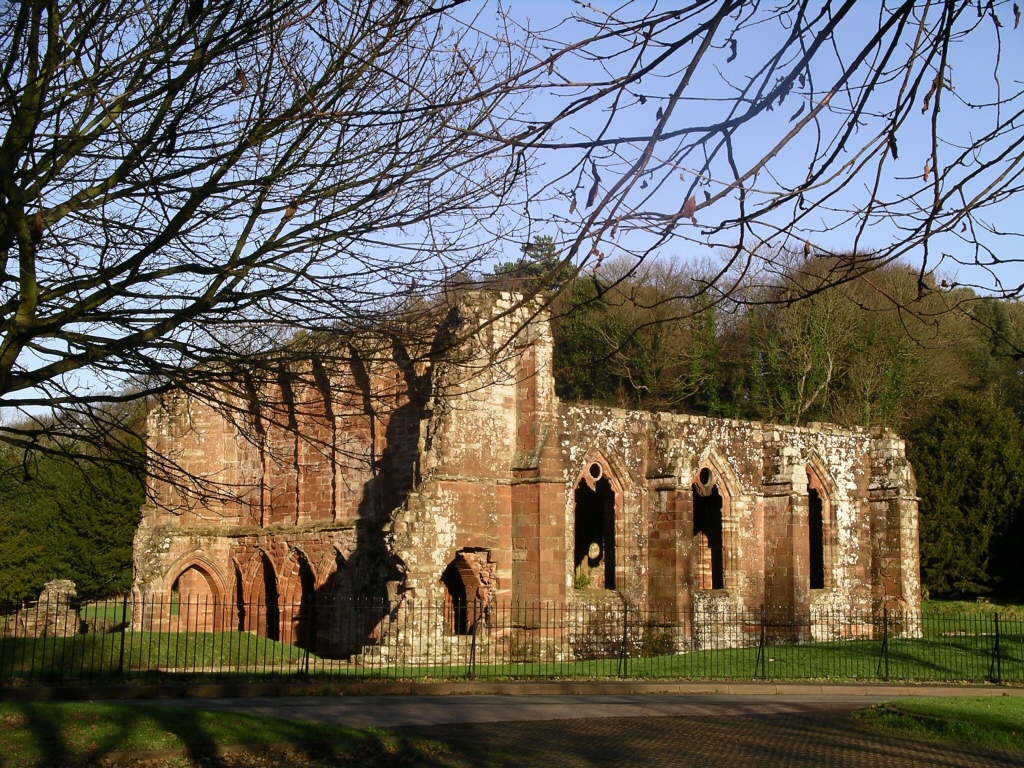|
Richard, Bishop Of The Isles
Richard was a late 13th century Bishop of the Isles. He was a native Englishman, and formerly a canon of St Andrews. According to the ''Chronicle of Mann'', Richard was bishop for twenty-three years. Following his return from the Second Council of Lyon :''The First Council of Lyon, the Thirteenth Ecumenical Council, took place in 1245.'' The Second Council of Lyon was the fourteenth ecumenical council of the Roman Catholic Church, convoked on 31 March 1272 and convened in Lyon, Kingdom of Arl ... in 1274, the chronicle states that Richard died at "Langalyver in Coplandia" and was buried at the monastery of St Mary at Furness.Dowden: pp. 278-279. References ;Footnotes ;Bibliography *. {{authority control 13th-century Scottish Roman Catholic bishops Bishops of the Isles ... [...More Info...] [...Related Items...] OR: [Wikipedia] [Google] [Baidu] |
Bishop Of The Isles
The Bishop of the Isles or Bishop of Sodor was the ecclesiastical head of the Diocese of the Isles (or Sodor), one of Scotland's thirteen medieval bishoprics. The bishopric, encompassing both the Hebrides and Mann, probably traces its origins as an ecclesiastical unity to the careers of Olaf, King of the Isles, and Bishop Wimund. Previously, there had been numerous bishoprics, and recorded bishoprics include Kingarth, Iona, Skye and Mann. There were very likely numerous others. List of precursor bishoprics List of known bishops of Iona List of known bishops of Cenn Garad Kingarth was a church on the Isle of Bute, supposedly founded by Saint Chattan and Saint Blane. Three abbots are known, but only two bishops. Sadly, little is known about the abbey, bishopric and individual clerics. List of known bishops of Mann Bishops of the Isles List of known bishops of Isles (including Mann) The list of bishops known to have ruled the whole of what became the Diocese of the Isles (S ... [...More Info...] [...Related Items...] OR: [Wikipedia] [Google] [Baidu] |
Englishman
The English people are an ethnic group and nation native to England, who speak the English language, a West Germanic language, and share a common history and culture. The English identity is of Anglo-Saxon origin, when they were known in Old English as the ('race or tribe of the Angles'). Their ethnonym is derived from the Angles, one of the Germanic peoples who migrated to Great Britain around the 5th century AD. The English largely descend from two main historical population groups the West Germanic tribes (the Angles, Saxons, Jutes and Frisians) who settled in southern Britain following the withdrawal of the Romans, and the partially Romanised Celtic Britons already living there.Martiniano, R., Caffell, A., Holst, M. et al. Genomic signals of migration and continuity in Britain before the Anglo-Saxons. Nat Commun 7, 10326 (2016). https://doi.org/10.1038/ncomms10326 Collectively known as the Anglo-Saxons, they founded what was to become the Kingdom of England by th ... [...More Info...] [...Related Items...] OR: [Wikipedia] [Google] [Baidu] |
Chronicle Of Mann
The ''Chronicles of the Kings of Mann and the Isles'' – British Library ( la, Chronica Regum Manniæ et Insularum) or Manx Chronicle London, British Library, Cotton MS Julius A. VII, ff. 31r-52r is a manuscript relating the early history of the [...More Info...] [...Related Items...] OR: [Wikipedia] [Google] [Baidu] |
Second Council Of Lyon
:''The First Council of Lyon, the Thirteenth Ecumenical Council, took place in 1245.'' The Second Council of Lyon was the fourteenth ecumenical council of the Roman Catholic Church, convoked on 31 March 1272 and convened in Lyon, Kingdom of Arles (in modern France), in 1274. Pope Gregory X presided over the council, called to act on a pledge by Byzantine emperor Michael VIII to reunite the Eastern church with the West.Wetterau, Bruce. World history. New York: Henry Holt and company. 1994 The council was attended by about 300 bishops, 60 abbots and more than a thousand prelates or their procurators, among whom were the representatives of the universities. Due to the great number of attendees, those who had come to Lyon without being specifically summoned were given "leave to depart with the blessing of God" and of the Pope. Among others who attended the council were James I of Aragon, the ambassador of the Emperor Michael VIII Palaiologos with members of the Greek clergy and the ... [...More Info...] [...Related Items...] OR: [Wikipedia] [Google] [Baidu] |
Furness Abbey
Furness Abbey, or St. Mary of Furness, is a former Catholic monastery located to the north of Barrow-in-Furness, Cumbria, England. The abbey dates back to 1123 and was once the second-wealthiest and most powerful Cistercian monastery in the country, behind Fountains Abbey, prior to its dissolution during the English Reformation.History of the abbey The abbey contains a number of individual Grade I s and is a . History of the abbey Early history [...More Info...] [...Related Items...] OR: [Wikipedia] [Google] [Baidu] |
13th-century Scottish Roman Catholic Bishops
The 13th century was the century which lasted from January 1, 1201 ( MCCI) through December 31, 1300 ( MCCC) in accordance with the Julian calendar. The Mongol Empire was founded by Genghis Khan, which stretched from Eastern Asia to Eastern Europe. The conquests of Hulagu Khan and other Mongol invasions changed the course of the Muslim world, most notably the Siege of Baghdad (1258), the destruction of the House of Wisdom and the weakening of the Mamluks and Rums which, according to historians, caused the decline of the Islamic Golden Age. Other Muslim powers such as the Mali Empire and Delhi Sultanate conquered large parts of West Africa and the Indian subcontinent, while Buddhism witnessed a decline through the conquest led by Bakhtiyar Khilji. The Southern Song dynasty would begin the century as a prosperous kingdom but would eventually be invaded and annexed into the Yuan dynasty of the Mongols. The Kamakura Shogunate of Japan would be invaded by the Mongols. Goryeo resis ... [...More Info...] [...Related Items...] OR: [Wikipedia] [Google] [Baidu] |



